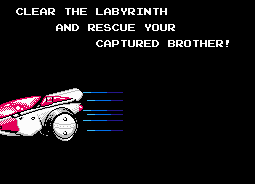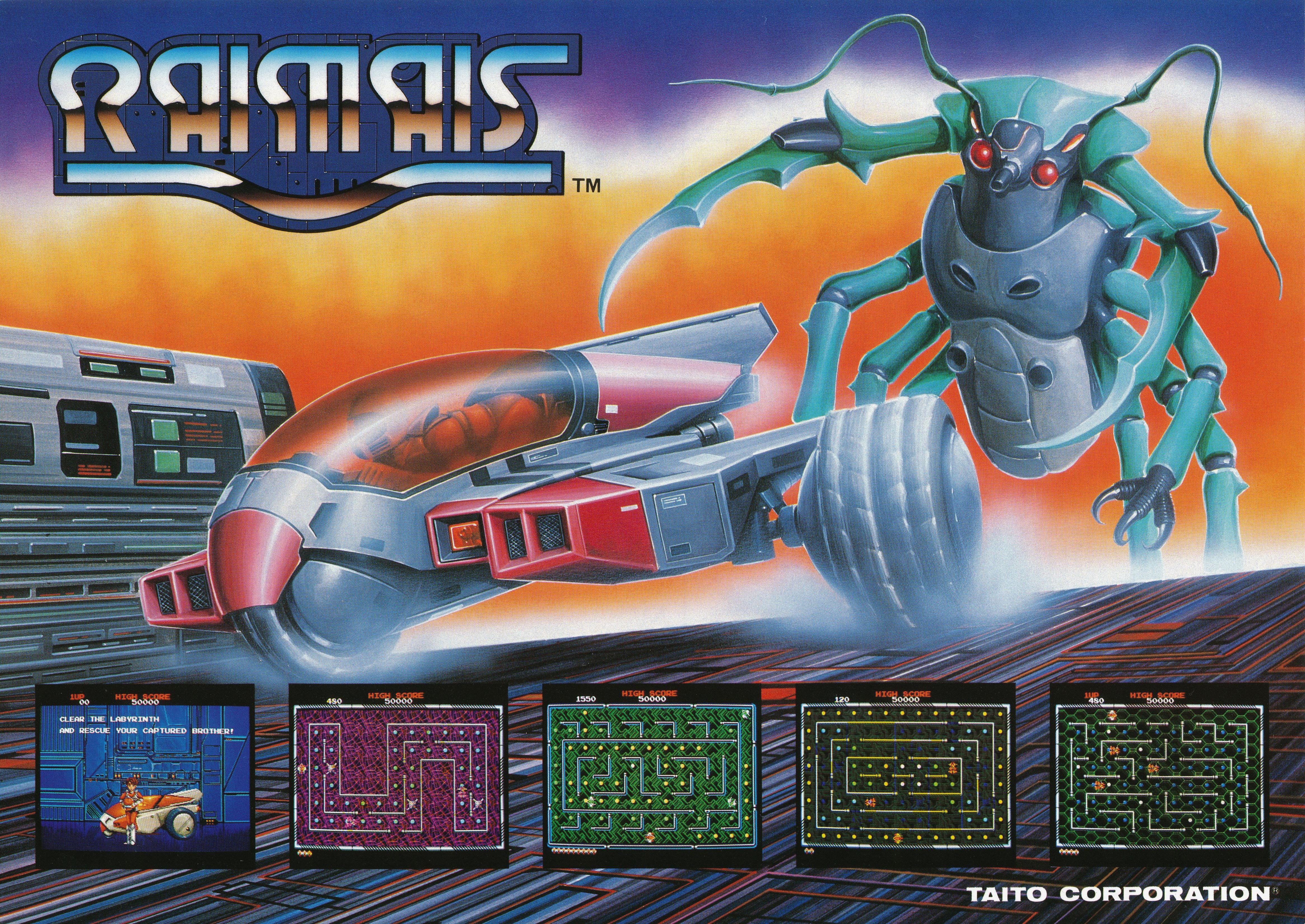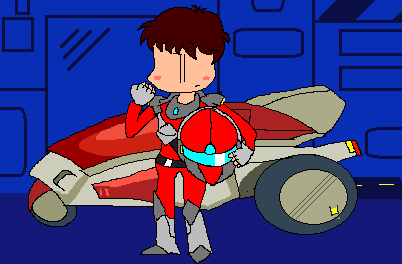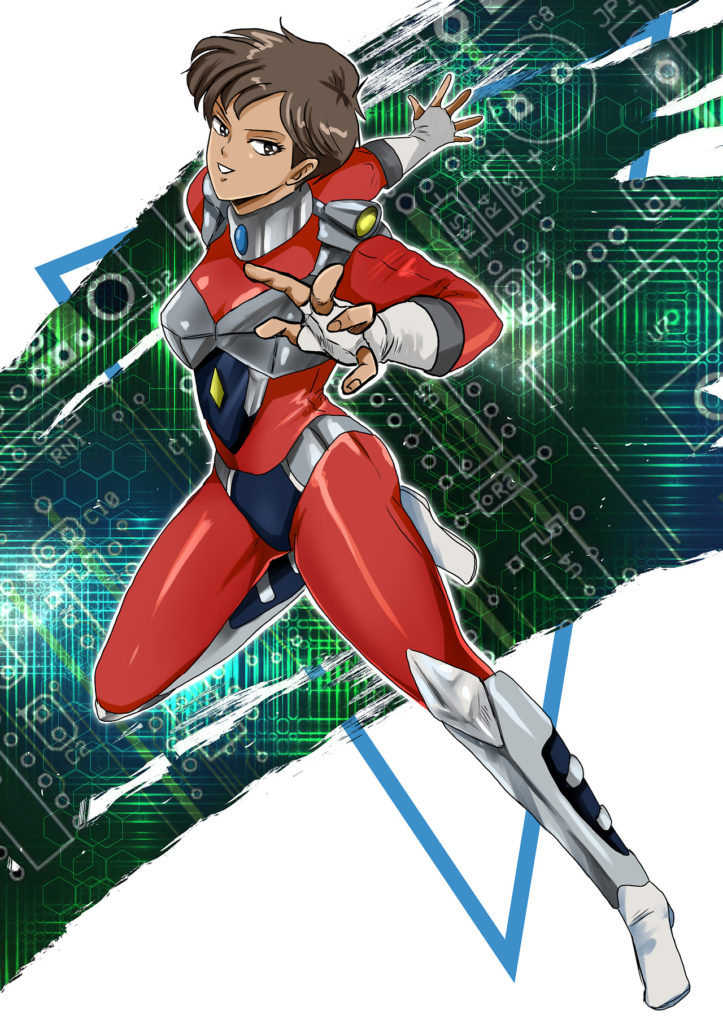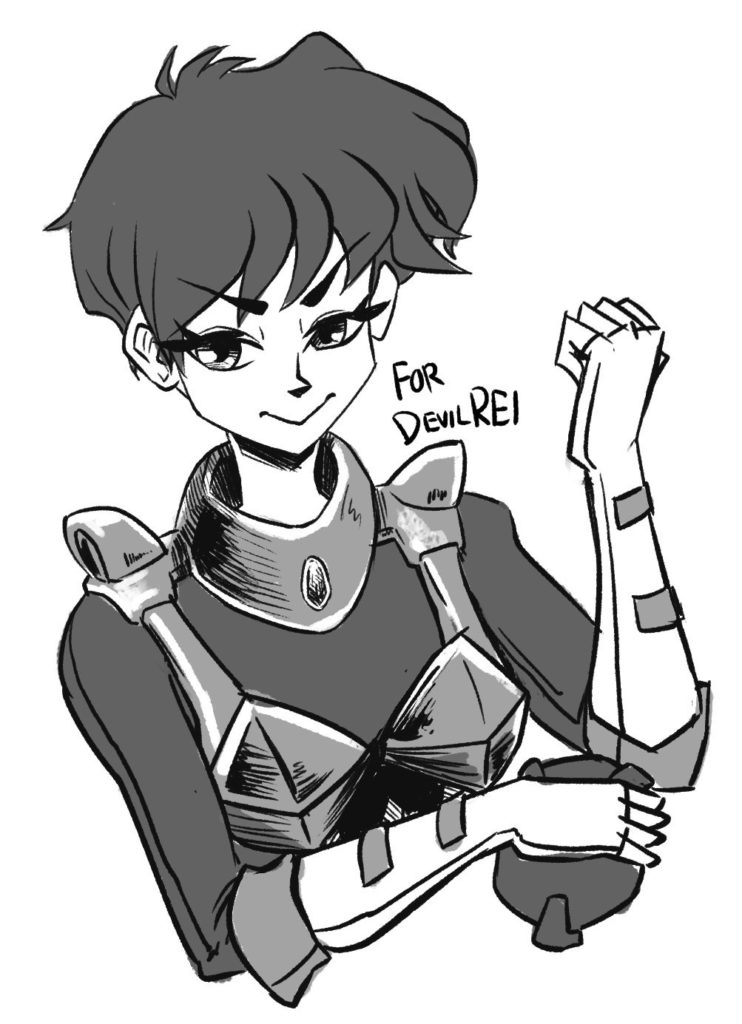Wow, has it really been a year since I wrote an absurd amount of text about Raimais? Well, I guess it’s time to finally get to the last bit that I’ve been putting off.
Ohhhh boy.
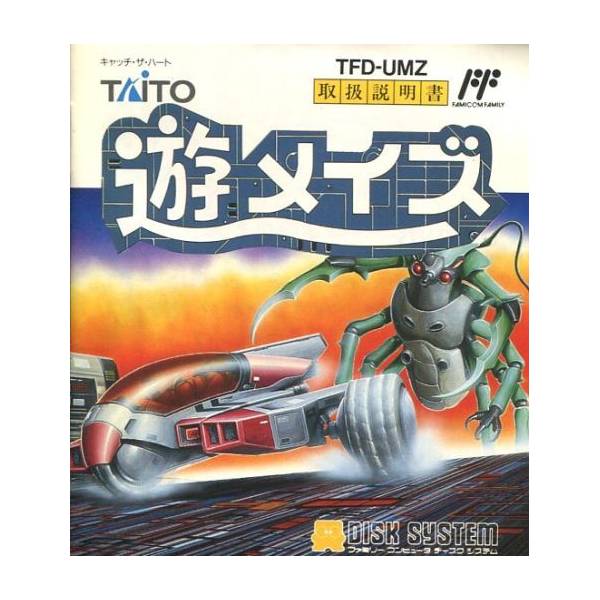 In 1988, the PC Engine’s base wasn’t quite there yet, the MegaDrive was on the cusp of launching, and the Super Famicom was still a ways off. However, the Famicom, and to a lesser extent the FDS, were going very strong. It made sense financially for companies to port their arcade games to the FC… even if the platform couldn’t do anything close to an accurate port.
In 1988, the PC Engine’s base wasn’t quite there yet, the MegaDrive was on the cusp of launching, and the Super Famicom was still a ways off. However, the Famicom, and to a lesser extent the FDS, were going very strong. It made sense financially for companies to port their arcade games to the FC… even if the platform couldn’t do anything close to an accurate port.
There were several approaches taken to dealing with the FC’s lack of arcade horsepower. Some developers tried to port as much of the gameplay and graphics as they possibly could, aware that cuts and compromises were inevitable. Other developers took the arcade game as a base, but heavily rearranged and added things to the game to make for a similar — but different — experience. Finally, there were the ports that threw out everything except the concepts and characters, making completely different games that just happened to have the same title as popular arcade titles.
Taito was a big fan of option B. They did a lot of ports of arcade games to the Famicom Disk System that had notable, distinct differences from their arcade originals. Most folks are aware of Bubble Bobble and Kikikaikai’s FDS incarnations, but few are aware that Raimais got this treatment as well — probably because it’s under a different name: Youmais, or Yuu Maze if you go from a straight kanji/kana reading.

No, seriously, though — calling it Yuu Maze is a HUGE pet peeve of mine. It says Youmais right there on the menu, and it’s a Raimais reinterpretation! Have you people even heard of ateji?
Unfortunately, Yuu Maze is the title you’re more likely to find this game listed under in English, though I steadfastly refuse to use that. It’s Youmais or nothing, and I’m sticking to it. Fight me, nerds.
ANYWAY. Youmais is fundamentally similar to Raimais in its premise and underlying gameplay. There are numerous differences between the two titles, however, and I’ll get to those in more detail shortly. But the biggest difference is how aggressively mediocre Youmais is.

If you’re wondering why it’s taken me so long to write about this game, it’s because playing it feels like a genuine chore while knowing how much better Raimais is. I decided a few weeks ago I was finally going to suck it up and get this written, when suddenly, I was made aware of pure propaganda claiming Youmais is a mindblowing revelation on a FDS disk.
Well, as self-proclaimed Number One Biggest Raimais Fan On-Line, I can’t let that stand unchallenged, now can I? So come with me as we take a look at how Youmais compares to its big sister. (Spoilers: not well.)
